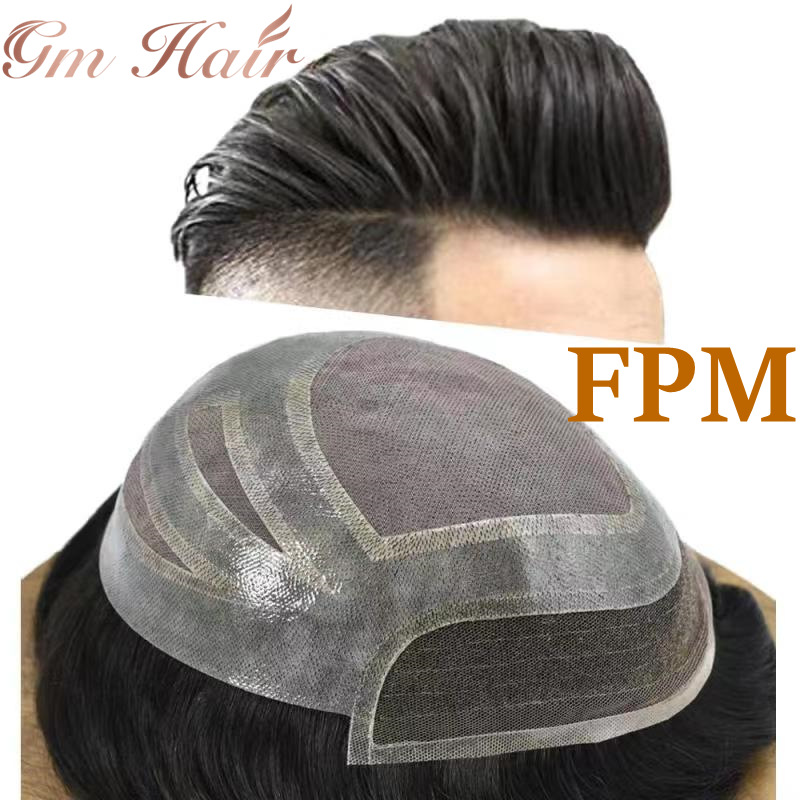The Art of Realism: How to Make Wigs Look Like Naturally Growing Hair
The Art of Realism: How to Make Wigs Look Like Naturally Growing Hair
Creating a wig that seamlessly blends with naturally growing hair is an art form that requires precision, skill, and an understanding of human hair's behavior. The goal is to achieve a look that is not only convincing but also comfortable for the wearer. Here are key techniques to master this art.
Selecting the Right Base Material
The foundation of a realistic wig lies in its base material. Choose a lace or monofilament base that mimics the appearance of the scalp. Lace bases are particularly effective as they allow for a more natural hairline and scalp texture. Monofilament bases, on the other hand, offer a more uniform appearance but can still be blended effectively with careful styling.
Matching Hair Texture and Color
The hair used in the wig should closely match the wearer's natural hair texture and color. Fine, medium, or coarse textures should be selected based on the individual's hair type. Color matching is equally crucial; use a range of shades to create depth and realism, similar to how natural hair has subtle variations in color.
Crafting a Natural Hairline
A realistic hairline is achieved through meticulous hand-tied knots. These knots should be small and spaced closely together to mimic the density of natural hair growth. The hair should be pulled through the base material at an angle, creating a soft, feathered appearance that blends seamlessly with the scalp.
Layering and Texturizing
Layering the wig is essential for creating movement and volume. Start with longer layers at the back and gradually shorten them towards the front. This technique mimics the way hair grows and falls naturally. Additionally, texturizing the ends of the hair can add to the realism, making the wig look less uniform and more like real hair.
Customizing the Fit
A wig that fits perfectly is more likely to look natural. Customize the fit by adjusting the cap size and using adhesive or clips to secure it. A snug fit ensures that the wig stays in place and moves with the wearer's head, enhancing the illusion of natural growth.
Styling for Authenticity
Finally, styling the wig to match the wearer's natural hair habits is vital. Use styling products that mimic the texture and hold of natural hair. Experiment with different styles to find one that complements the wearer's face shape and personal style. Regular maintenance, such as trimming and conditioning, will also help maintain the wig's realistic appearance.
One can create a wig that not only looks like naturally growing hair but also feels comfortable and authentic to wear. The art of realism in wig-making is a blend of technical skill and artistic vision, resulting in a product that enhances the wearer's natural beauty.